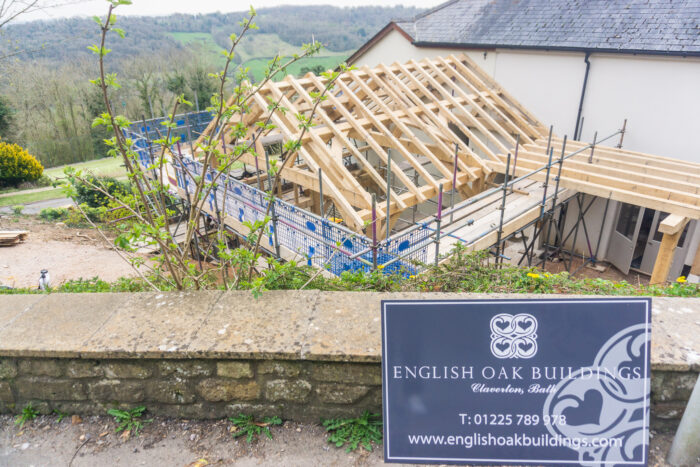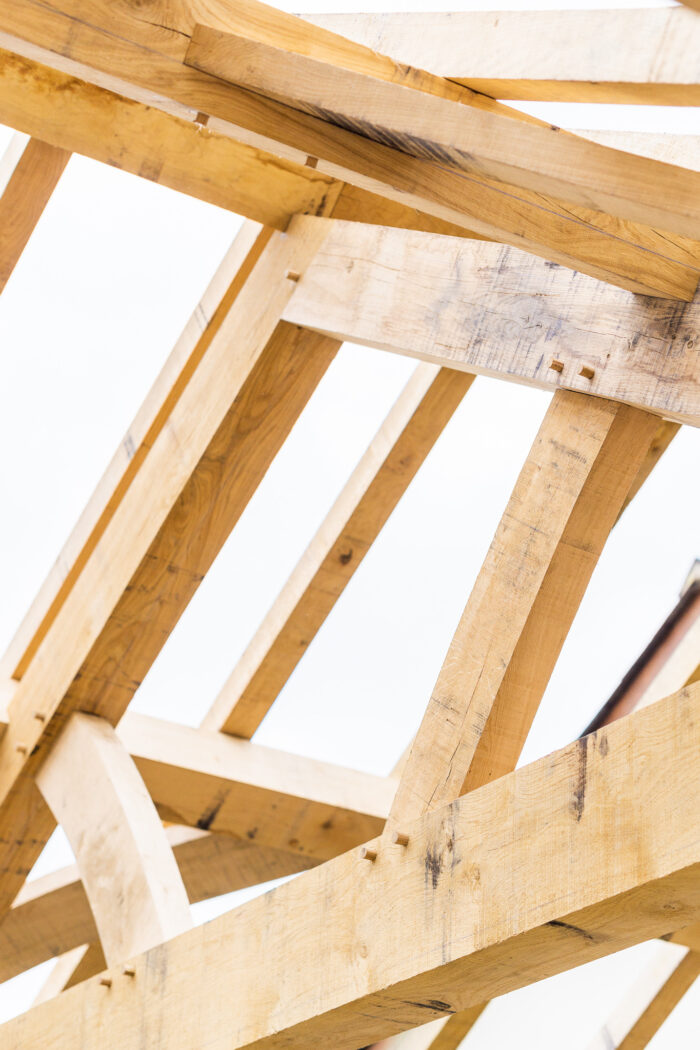Development Work on The Combe Grove Estate
Development on Combe Grove Estate
As guardians of the Combe Grove Estate our environmental responsibility is at the heart of all decision-making and we take seriously the challenge of reducing our environmental impact. As we progress towards Green Tourism Gold certification, we continue to be mindful of each part of our operation, both on the estate, in preserving the fabric of the buildings and in improving the facilities for members and the future generations to enjoy.
The Estate Team work to permaculture practices in working the land and in regenerative agriculture practices in preserving the woodland. Both are in support and recognition of our setting in an Area of Outstanding Natural Beauty (AONB) and as home to two sites of special scientific interest (SSSI). As land stewards, we work to protect, preserve and help proliferate biodiversity in this extremely special part of the Bath countryside, conserving its ecological health for future generations.
Recent development work on the estate has seen the erection of a new switch room, addition of a porch on the east side of the Oak Room and the refurbishment and installation of new wellness equipment in the Coach House. Here we share with you some of the thought and consideration that has gone into the design and delivery of each project.

Switch Room Development
The new switch room adjacent to the middle car park is home to the Combe Grove power supply, recently relocated and improved to serve the site as development continues. Designed with tradition and sustainability in mind, the Glulam frame sits on staddle stones rather than a concrete pad, reducing the use of concrete which not only causes damage to fertile top-soil but the cement industry is one of the largest producers of greenhouse gas CO2*. Glulam is the natural alternative to steel, again, helping to reduce our carbon footprint due to the lower impact manufacturing process.
Staddle stones were historically used as supporting bases for granary buildings, elevating them from the ground to protect against vermin and water seepage. The switch room staddle stones are made by of local stone at Hancock’s quarry, next door to Combe Grove and are designed to match those at a granary at the Somerset Museum of Rural life in Glastonbury. This building was the inspiration for the switch room. Staddle stones were traditionally carved from local stone by stone masons or farm labourers making each one unique and the word ‘staddle’ originates from old English ‘stathol’ meaning base or support.
Insulated with natural fibre to reduce condensation, the Switch Room is clad in locally sourced waney edged oak and roofed in Welsh slate from Snowdonia. Being an SSSI with resident bats, protected under European law, the Switch Room incorporates a bat box to encourage roosting.
The local area is particularly good natural habitat for bats, with species including Greater Horseshoe, Pipistrelles and Serotines, all of which have different feeding and roosting preferences. The Limpley Stoke valley with the meandering River Avon below provides a rich feeding area and nearby Bath with its historic buildings provide important roosting sites, which are often protected from development to help support these important and endangered species.
*The average embodied CO2e impact of concrete is around 100kg CO2e per tonne. Embodied carbon is carbon that is stored within a material from the CO2 that is emitted in producing, extracting and transporting the product. In concrete this comes predominantly from the fuels and emissions from calcination of limestone.
Oak Room Entrance
Members may also have noticed the recent addition to the Oak Room. The new entryway being constructed at the end of The Barn is of English green oak construction, designed and built by local craftsmen at nearby English Oak Buildings. Using the same freshly sawn timber and techniques as their predecessors, the team at English Oak Buildings rely on the same characteristics that green oak provides to continue the legacy of creating unique, handcrafted, sustainable structures. The timbers are held together with cleft, hand-drawn tapered oak pegs, not a metal nut or bolt in sight. As a nod to this traditional way of building we shall be installing hooks in the shop for displaying the reusable string bags that are now for sale. These are made from green oak dowels gifted from the team at English Oak Buildings. The porch will have a slate room similar to the Switch Room.
The Eastern entrance required a retaining wall to increase the structural integrity of the site. Constructed using reclaimed railway sleepers. An ideal material due to their versatile and hardy nature, often lasting up to 50 years. Their natural appearance helps them to blend into the landscape, maintaining the aesthetic and builds on our ambition to reuse and recycle as much as possible in pursuit of our sustainability objectives.

The Coach House
By bringing the outdoors in, the newly refurbished gym reaps the health benefits of being in nature.
Recently repainted in low VOC paints and the addition of tree murals in the gym and studios, the forthcoming addition of indoor planting will complete the scheme.
The old and worn gym equipment has been passed on to be upcycled and reused and members to The Club at Combe Grove can now enjoy working towards their wellness goals in the knowledge that the kinetic energy generated when working out on the cardio equipment is transferred into useable electrical energy to help power the lights and other electrical appliances within the building.
Combe Grove partnered with SportsArt, a leading green fitness supplier and nearby, based Watson Gym, the supplier of the new branded free weights. Made from British Steel with traditional values every component is produced in-house reducing the need to import parts, to keep the Combe Grove carbon footprint as small as possible.



Other important development at Combe Grove currently taking place and planned across the next few months includes:
- Renovation of steps to the treatment rooms
- Ash removal and reuse of the planked timber
- Resurfacing of the tennis courts
- Reinstatement of the woodland paths
- Restructuring of the top level car park